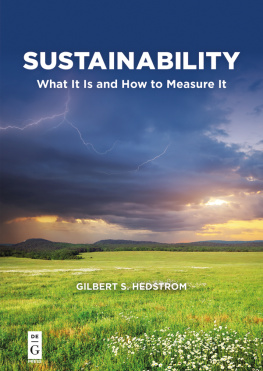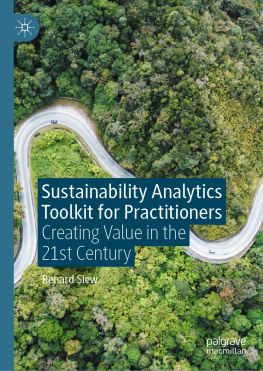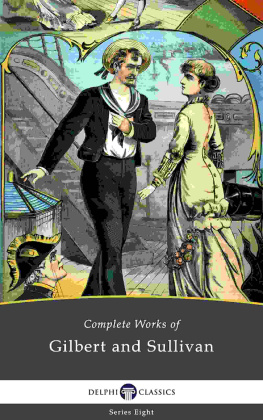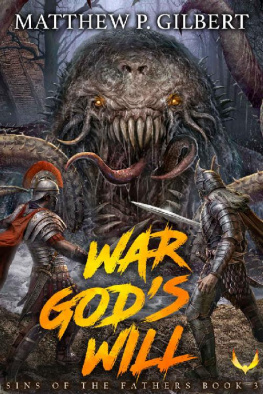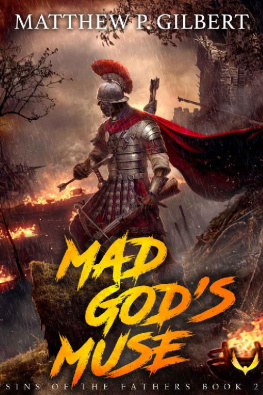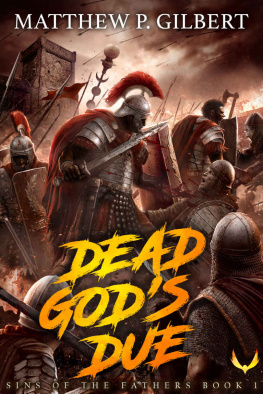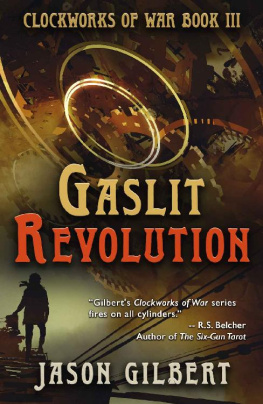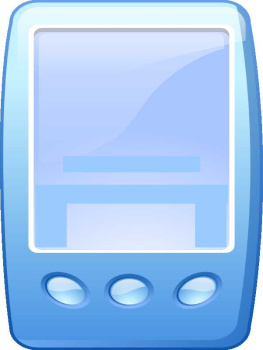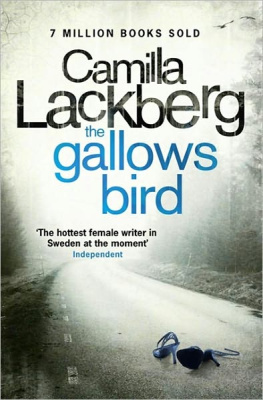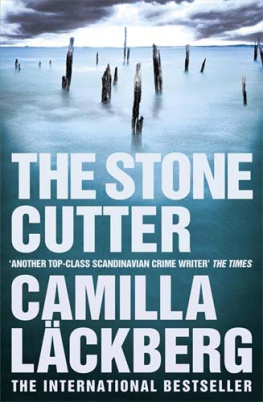Gilbert S. Hedstrom - Sustainability: What It Is and How to Measure It
Here you can read online Gilbert S. Hedstrom - Sustainability: What It Is and How to Measure It full text of the book (entire story) in english for free. Download pdf and epub, get meaning, cover and reviews about this ebook. year: 2018, publisher: De Gruyter, genre: Business. Description of the work, (preface) as well as reviews are available. Best literature library LitArk.com created for fans of good reading and offers a wide selection of genres:
Romance novel
Science fiction
Adventure
Detective
Science
History
Home and family
Prose
Art
Politics
Computer
Non-fiction
Religion
Business
Children
Humor
Choose a favorite category and find really read worthwhile books. Enjoy immersion in the world of imagination, feel the emotions of the characters or learn something new for yourself, make an fascinating discovery.
- Book:Sustainability: What It Is and How to Measure It
- Author:
- Publisher:De Gruyter
- Genre:
- Year:2018
- Rating:3 / 5
- Favourites:Add to favourites
- Your mark:
- 60
- 1
- 2
- 3
- 4
- 5
Sustainability: What It Is and How to Measure It: summary, description and annotation
We offer to read an annotation, description, summary or preface (depends on what the author of the book "Sustainability: What It Is and How to Measure It" wrote himself). If you haven't found the necessary information about the book — write in the comments, we will try to find it.
Sustainability: What It Is and How to Measure It — read online for free the complete book (whole text) full work
Below is the text of the book, divided by pages. System saving the place of the last page read, allows you to conveniently read the book "Sustainability: What It Is and How to Measure It" online for free, without having to search again every time where you left off. Put a bookmark, and you can go to the page where you finished reading at any time.
Font size:
Interval:
Bookmark:

Gilbert S. Hedstrom
Sustainability
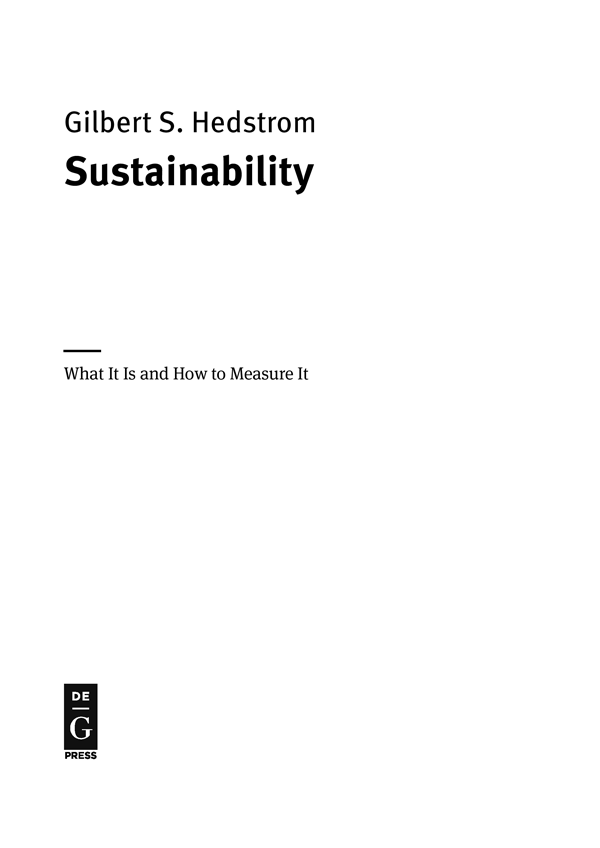
ISBN 978-1-5474-1660-8
e-ISBN (PDF) 978-1-5474-0042-3
e-ISBN (EPUB) 978-1-5474-0050-8
Library of Congress Control Number: 2018955033
Bibliographic information published by the Deutsche Nationalbibliothek
The Deutsche Nationalbibliothek lists this publication in the Deutsche Nationalbibliografie;
detailed bibliographic data are available on the Internet at http://dnb.dnb.de.
2019 Gilbert S. Hedstrom
Published by Walter de Gruyter Inc., Boston/Berlin
www.degruyter.com
The authoritative book on the most vitally important issue of our day.
Ken Tierney, Group Vice President, Sustainability
Sims Metal Management
A must read for every business leader who wants an organized, comprehensive summary of sustainabilitypacked with industry best practices.
Dave Stangis, Chief Sustainability Officer
Campbell Soup Company
I highly recommend this book to senior leaders who want to understand quickly why sustainability matters to your business and how to measure it. The book also provides a great overview of the current trends around sustainability strategy and governance.
Karen E. Koster, Executive Vice President
Hexion, Inc.
Building a sustainable enterprise can be a complicated journey, but one made much clearer by Hedstroms concise primer and valuable roadmap. The book draws on rich examples across industries, and will help boards and executives move faster toward managing risks and harnessing the opportunities of sustainability.
Jason Jay, Senior Lecturer and Director
MIT Sloan Sustainability Initiative
The challenges facing society and the environment today are unprecedented. Businesses embracing sustainable development will gain competitive advantage and better manage risk. The book provides a balanced, insightful, unbiased review of sustainabilityand the Scorecard is a terrific tool to help business leaders gauge how they stack up today.
Lori Michelin, President and CEO
World Environment Center

To Peg, for your enduring support.
With special thanks to the sustainability pioneers who lit the flame...
And profound hope for tomorrows leaders who will carry the torch forward.
De|G PRESS, the startup born out of one of the worlds most venerable publishers, De Gruyter, promises to bring you an unbiased, valuable, and meticulously edited work on important topics in the fields of business, information technology, computing, engineering, and mathematics. By selecting the finest authors to present, without bias, information necessary for their chosen topic for professionals , in the depth you would hope for, we wish to satisfy your needs and earn our five-star ranking.
In keeping with these principles, the books you read from De|G PRESS will be practical, efficient and, if we have done our job right, yield many returns on their price.
We invite businesses to order our books in bulk in print or electronic form as a best solution to meeting the learning needs of your organization, or parts of your organization, in a most cost-effective manner.
There is no better way to learn about a subject in depth than from a book that is efficient, clear, well organized, and information rich. A great book can provide life-changing knowledge. We hope that with De|G PRESS books you will find that to be the case.
There is nothing more difficult to take in hand, more perilous to conduct, or more uncertain in its success, than to take the lead in the introduction of a new order of things.
Niccolo Machiavelli
The Prince (1532)
When long-time friend and colleague Alex Lajoux suggested I write this book, I thought it would be easy. After all, much of existed with my Corporate Sustainability Scorecard C-suite rating system. I was, of course, wrong about that. However, Alex provided constant encouragement, invaluable edits and constant inspirationand for that I am most grateful.
A very special thanks to my editor, Jeffrey Pepper, who not only had a clear vision for this book but also provided constant mid-course corrections. I was incredibly fortunate to have an editor who is as thoughtful, knowledgeable, and even-keeled as Jeffrey. He and the De Gruyter team including Jaya Dalal, have been great to work with.
My Corporate Sustainability Scorecard, on which this book is based, has been influenced and shaped profoundly by conversations I have had in corporate boardrooms. In 1997, two of the Fortune 500 corporate board of directors meetings I participated in sowed the seeds for the Scorecard.
To the long-standing clients who engaged me to work on their behalf, and who entrusted me to meet with their CEOs and present to their boards of directors, I am most grateful. Since 1997, I have had the privilege of working with hundreds of outstanding leaders in large corporations across the globeat the intersection of business strategy, corporate governance, and sustainability. You have challenged my assumptions, shaped my thinking, and helped create the robust content of the Scorecard, constantly updated on the website (www.thesustainabilityscorecard.com).
The Conference Board has been a strong partner in advancing the business and sustainability agenda over the past two decades. In 2015, they published my article, Navigating the Sustainability Transformation, essentially an early version of this books Introduction. A special thank you to Conference Board colleagues Thomas Singer, Jim Hendricks, and Uwe Schulte for your constructive partnership.
A core team of Hedstrom Associates colleagues (Beth Tener, Pat Mahon, Justine Pattantyus, Larry Krupp, Nick Braica, Kelsa Summer, and Scott Sousa) has been with me over the past decade, working to create this Scorecard. Your patience and always positive support has kept the Scorecard moving. And I extend a special thank you to my colleagues from earlier days at consulting firm Arthur D. Little, especially those with whom I worked closely in Europe for many years: Jonathan Shopley, Richard Clarke, Rick Eagar, and their teams who helped shape the early versions of the Scorecard.
Many colleagues have influenced my thinking about the Scorecard and the subject in general, including Stephanie Aument, Bill Blackburn, Jim Hamilton, Stuart Hart, Andy Hoffman, Jason Jay, Justin Keeble, Peter Lacy, Julie OBrien, Dawn Rittenhouse, Gwen Ruta, Larry Selzer, Karl Schmidt, Dave Stangis, Ken Tierney, Bob Willard, and Terry Yosie. Thank you! Your insights and broad perspective continue to amaze me.
A special thanks to Jeremy Grantham, for your leadership globally, and for alerting investors to the stark realities we face as a society. You are a constant source of inspiration.
Finally, nothing has shaped my thinking about this Scorecard more than the time I have spent in highly confidential sessions with corporate board members. To my long-time friend and mentor, Patrick F. Noonan, I extend my heartfelt thanks.

Font size:
Interval:
Bookmark:
Similar books «Sustainability: What It Is and How to Measure It»
Look at similar books to Sustainability: What It Is and How to Measure It. We have selected literature similar in name and meaning in the hope of providing readers with more options to find new, interesting, not yet read works.
Discussion, reviews of the book Sustainability: What It Is and How to Measure It and just readers' own opinions. Leave your comments, write what you think about the work, its meaning or the main characters. Specify what exactly you liked and what you didn't like, and why you think so.

